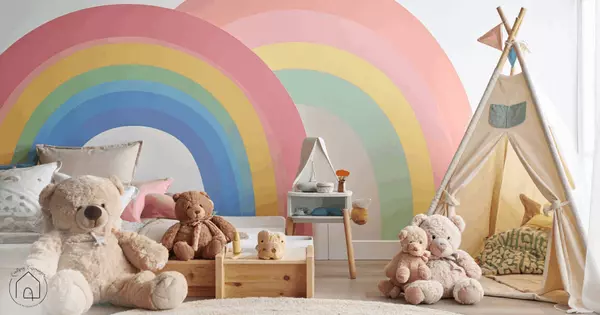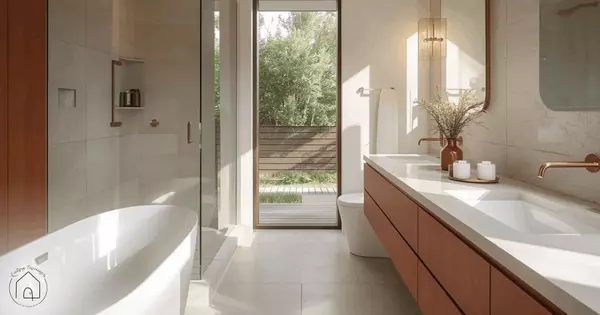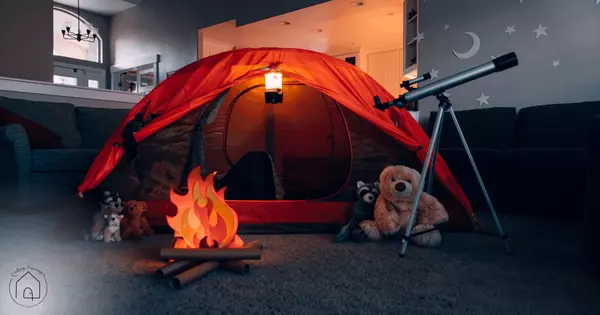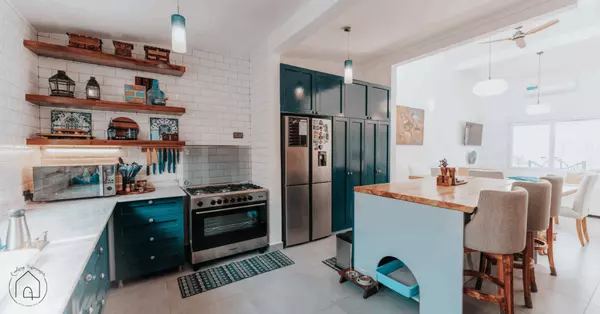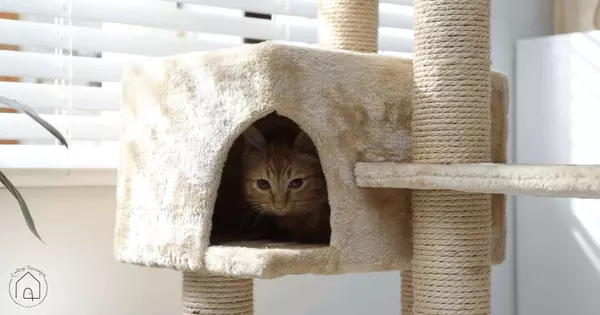14 Tips for Organizing Home Bins
Recycling is an essential practice for reducing waste and protecting the environment. However, without a proper system in place, managing your home’s recycling can become chaotic. Here are some tips to help you organize your home recycling bins efficiently.
1. Assess Your Needs Start by evaluating the types of materials you recycle regularly. Common categories include paper, cardboard, glass, plastic, and metal. Understanding your recycling habits will help you determine the number and size of bins you need.
2. Choose the Right Bins Select bins that fit your space and meet your recycling needs. Consider stackable bins for small spaces or larger, wheeled bins for more extensive recycling efforts. Ensure the bins are clearly labeled for easy sorting.
3. Label Clearly Labeling is crucial for effective recycling. Use clear, bold labels to identify each bin’s purpose, such as "Paper," "Plastics," "Glass," "Metal," and "Cardboard." This helps everyone in the household know where to place recyclables.
4. Create a Central Recycling Station Set up a central recycling station in a convenient location, such as the kitchen, garage, or utility room. Having all your recycling bins in one place makes it easier to sort and transport recyclables to the curb or recycling center.
5. Use Color Coding Color coding your bins can simplify the sorting process. Assign different colors to each type of recyclable material. For example, blue for paper, green for glass, yellow for plastic, and red for metal.
6. Educate Your Household Ensure everyone in your household understands the recycling system. Take a few moments to explain the importance of recycling and how to properly sort items. Regular reminders can help reinforce good habits.
7. Incorporate Composting If you compost, include a bin for organic waste in your recycling station. Composting reduces the amount of waste sent to landfills and provides nutrient-rich soil for your garden.
8. Flatten and Compact Flatten cardboard boxes and compact plastic bottles and cans before placing them in the bins. This saves space and allows you to fit more recyclables in each bin, reducing the frequency of emptying them.
9. Regularly Empty and Clean Bins To prevent overflow and unpleasant odors, empty your recycling bins regularly. Clean the bins periodically to avoid residue buildup and maintain a hygienic recycling area.
10. Use a Bin Liner Consider using liners for your recycling bins to keep them clean and make it easier to transport recyclables. Choose biodegradable or recyclable liners to stay eco-friendly.
11. Set Up a System for Hazardous Materials Create a separate system for hazardous materials such as batteries, electronics, and chemicals. These items require special disposal methods and should not be mixed with regular recyclables.
12. Stay Informed About Local Recycling Rules Different municipalities have different recycling rules. Stay informed about your local recycling guidelines to ensure you’re sorting and disposing of materials correctly. This can prevent contamination and make your recycling efforts more effective.
13. Encourage Recycling on the Go Place small recycling bins in high-traffic areas of your home, such as the living room and bedrooms, to encourage recycling throughout the house. Portable bins can make it easier to collect recyclables from different areas.
14. Make It Aesthetically Pleasing Incorporate design elements that make your recycling station visually appealing. Choose bins that match your decor or use decorative labels and signs. An attractive recycling area can encourage more consistent use.
By organizing your home’s recycling bins, you can make recycling a seamless part of your daily routine. A well-structured system not only helps the environment but also keeps your home tidy and efficient. Implement these tips to streamline your recycling efforts and contribute to a greener planet.
Categories
Recent Posts


